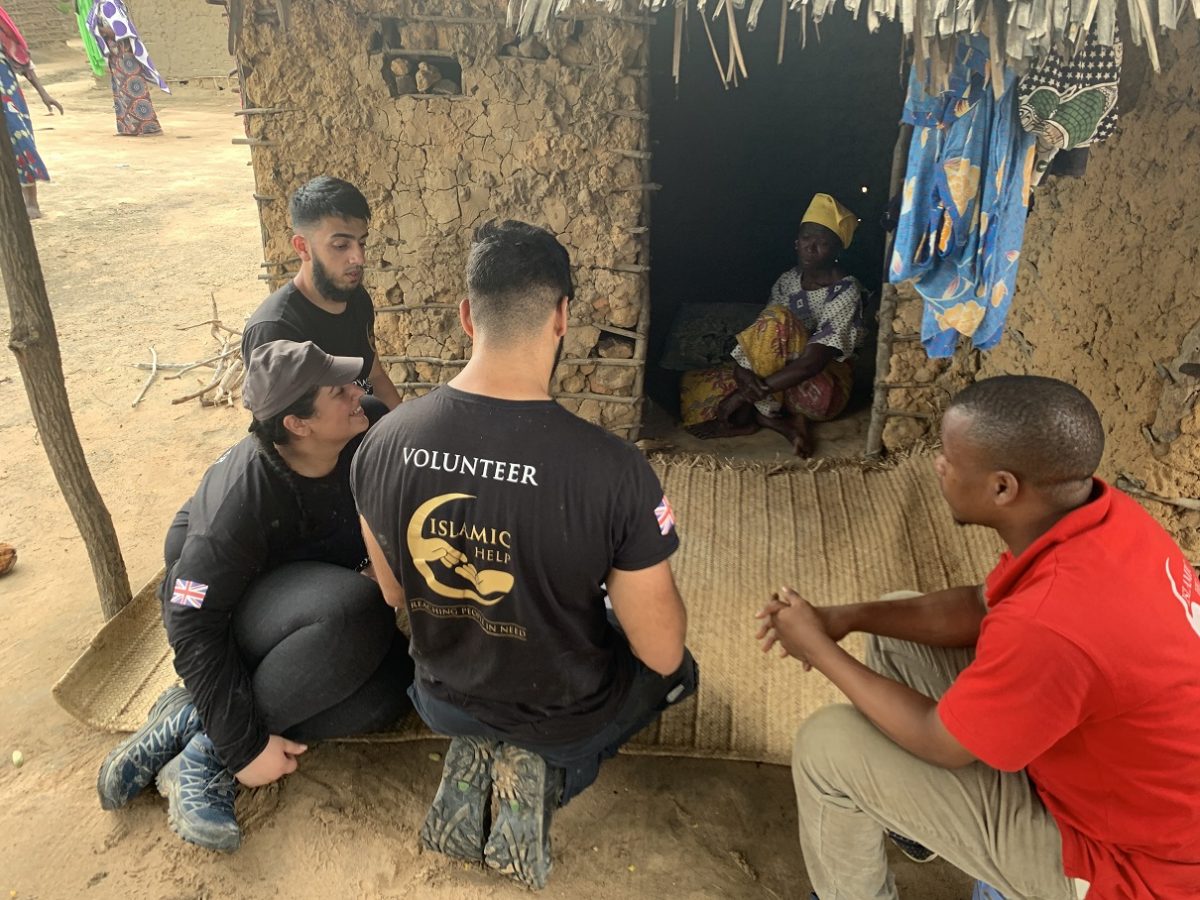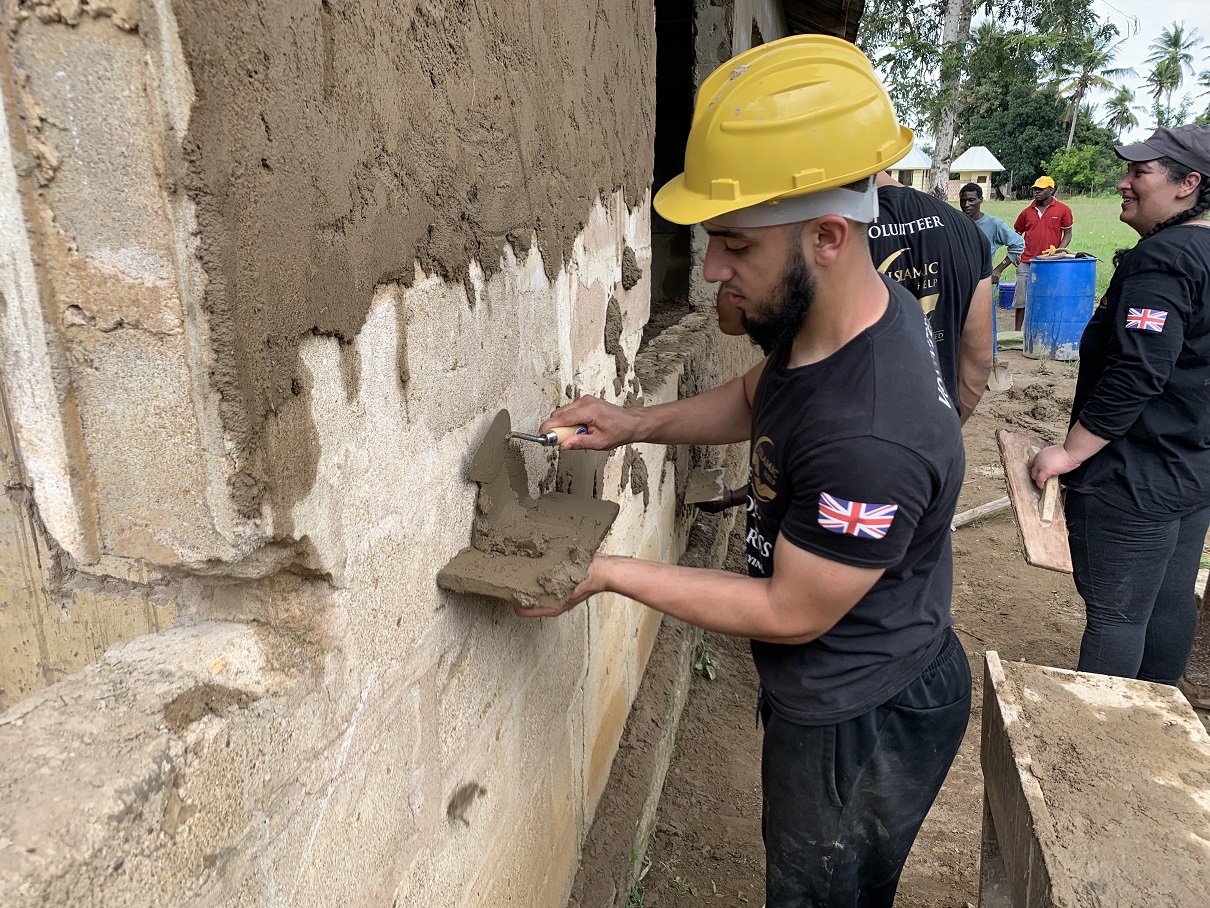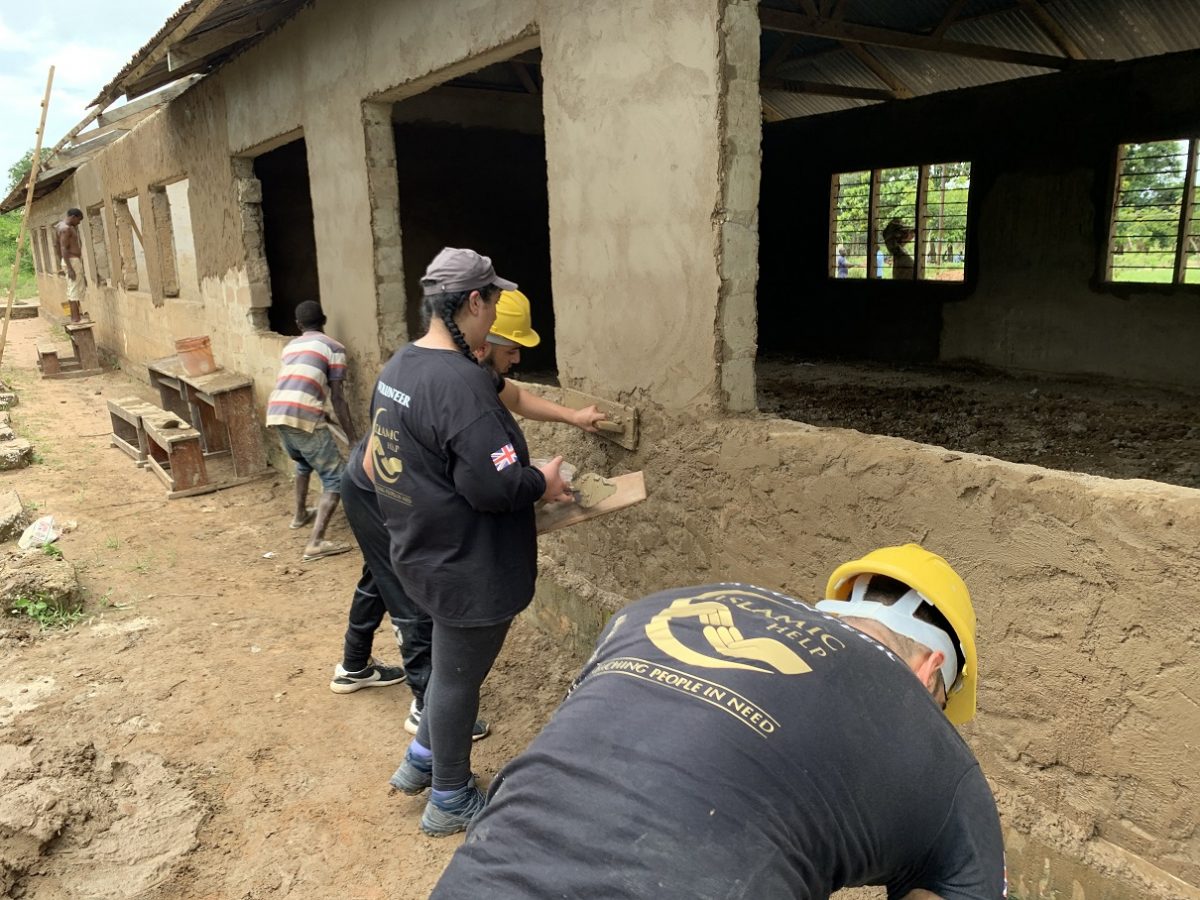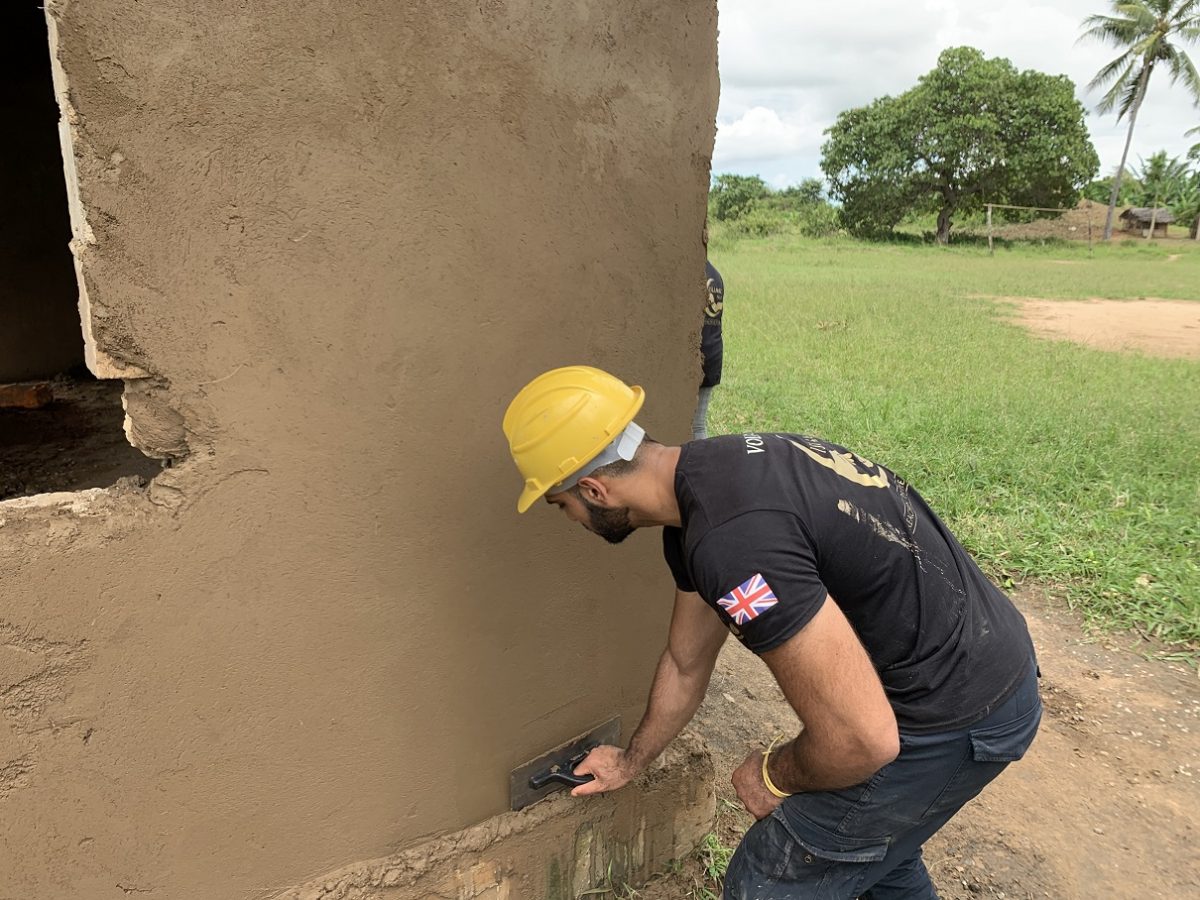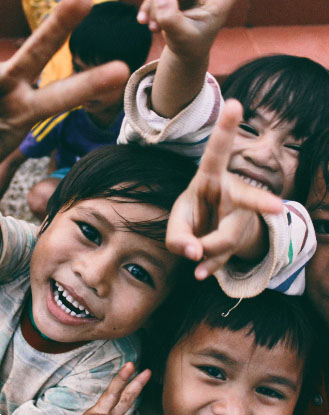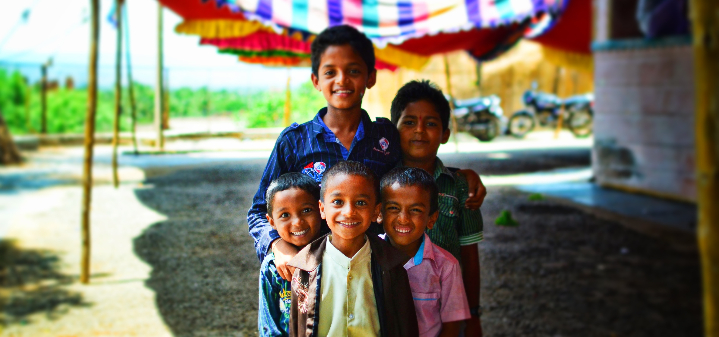MISSION POSSIBLE BLOG 2019: FROM FLOORS TO LIVESTOCK
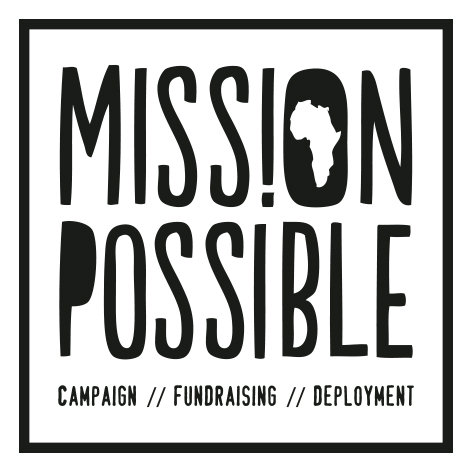
The second and third days of their deployment in Tanzania meant hard, physical work for the Mission Possible volunteers, with Team A - Kaleem Abbas, Nazia Choudhry and Yusuf Kassam - tasked with laying a school floor, plastering walls and interviewing beneficiaries for livestock livelihood projects. And of course, coping with their minibus getting stuck - again!
Sunday 20th Oct: Day 2
Today, on the second day of Mission Possible, we were split into two groups. Our tasks were to work on the classrooms and, in the second half of the day, interview beneficiaries. Again, the minibus got stuck and we had to push it out of the mud. That took a while but eventually we did it.
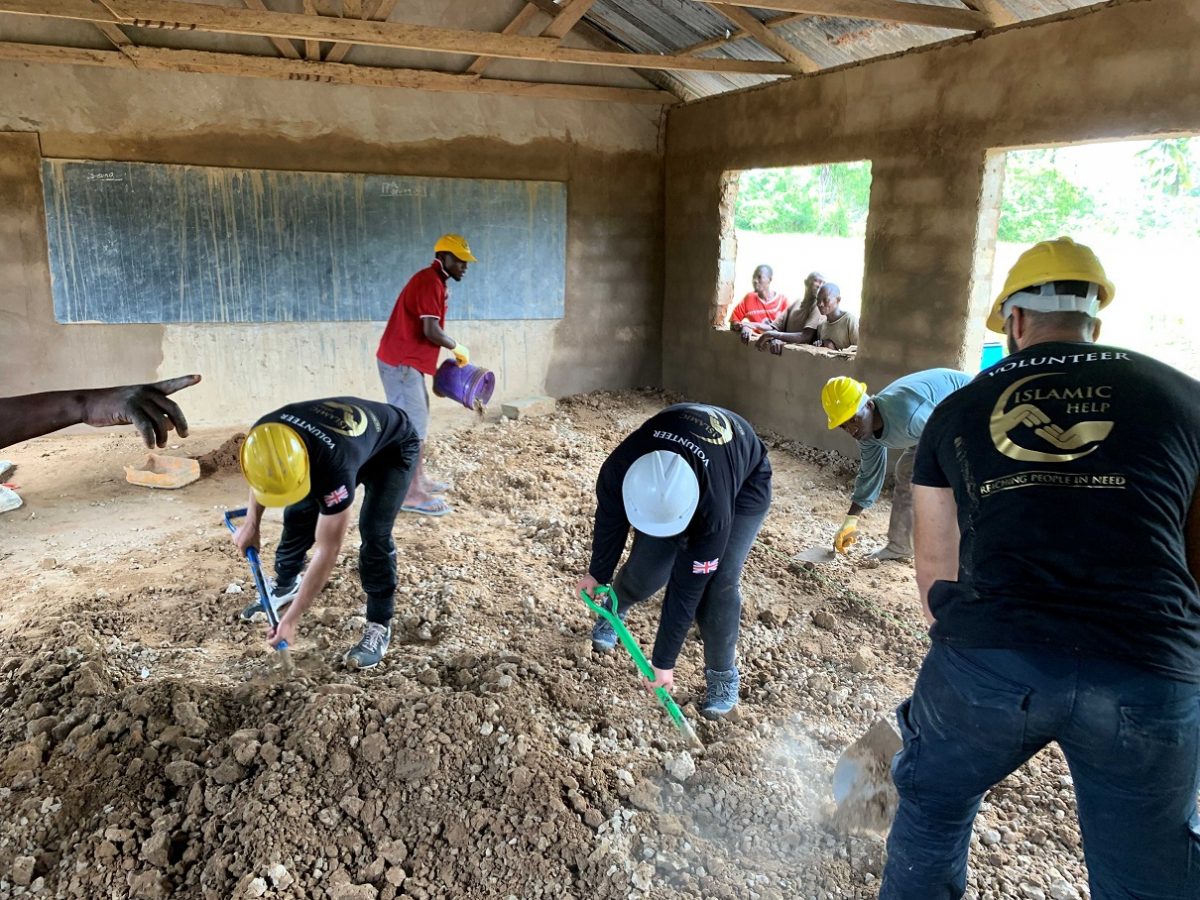
At the school, we split to work on different parts of the building. First there was levelling the floor. It was much different to the way we do it in the UK.
We had a pile of tiny stones which we laid out on the ground and then made sure it was all level. Then we went outside to plaster the walls. This was the most time-consuming due to us not being able to do it properly!
During the time when we were plastering, it started to rain and we had to remain inside. It showed that the weather here is unpredictable and the rain didn’t help with the plastering as it didn’t allow it to stick to the wall.
Then after lunch we split into our teams to interview the beneficiaries. This showed us a different side of life, where we had to travel to the neediest people from different villages and interview people that experienced different things. This showed a different side of life as you see how the people live in such difficult circumstances.
Monday 21st Oct: Day 3
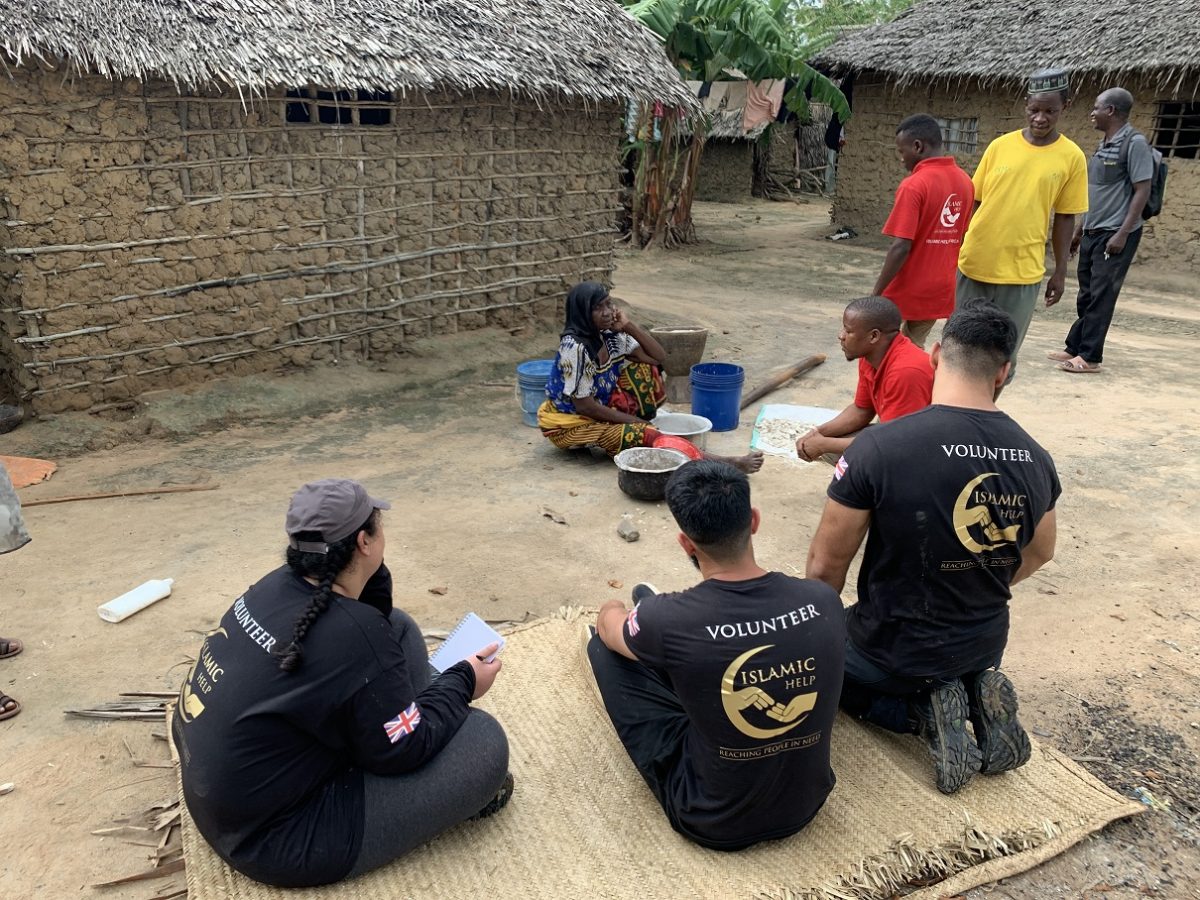
Day 3 started the same way as day 2 – the minibus got stuck again! This time was the worst, as half the tyre was sunk in the ground. We had to call the local villagers who helped us push the bus back which then allowed us to reach the school.
There, we split into our teams and went to interview beneficiaries for the distribution of goats and poultry for livelihoods.
This time we were able to see many more villagers, although the interviews lasted much longer as some of them weren’t able to explain their situation clearly.
At the end of it, we were able to interview and detail the circumstances that the 10 villagers we had seen were living under. From that, we selected 3 beneficiaries who would receive goats and 3 who would receive poultry so they could establish livelihoods to support themselves and their families.
